NRO Director Christopher Scolese Earns 5th Wash100 Award for Promoting Space Innovation, Building International Partnerships

Executive Mosaic is excited to announce that Christopher Scolese, director of the National Reconnaissance Office, has won his fifth Wash 100 Award for his leadership in building international partnerships and driving innovation to ensure U.S. competitiveness in space. Since its inception in 2014, the Wash100 Award annually recognizes the most influential figures in government and the government contracting industry.
Help Christopher Scolese win the 2025 Wash100 popular vote competition. You can cast your 10 votes for your favorite GovCon leaders on Wash100.com until April 30.
“Chris’ leadership at NRO has been nothing short of exceptional, and his fifth Wash100 win is a testament to his lasting impact on national security. As the first Senate-confirmed director of NRO, he has spearheaded advancements in space-based reconnaissance, ensuring the U.S. stays ahead in intelligence gathering,” said Jim Garrettson, CEO of Executive Mosaic and founder of the Wash100 Award.
“With a career that includes leading NASA’s Goddard Space Flight Center and serving as NASA’s acting administrator, Chris brings unmatched technical expertise to one of the nation’s most critical defense assets. His ability to drive innovation in satellite technology and space-based intelligence has made him a mainstay in the Wash100 ranks—and a leader whose influence only continues to grow.”
NRO’s Proliferated Satellite Constellation
Scolese has led the NRO through some of the agency’s biggest projects in 2024, particularly its proliferated satellite constellation designed to enhance the nation’s ability to capture space-based intelligence in support of military missions. The new on-orbit architecture will assume some of the responsibilities of the U.S. Air Force’s aging E-8 Joint Surveillance Target Attack Radar System such as the ground moving target indicator, or GMTI, mission.
In May, the agency launched the first batch of satellites to low Earth orbit on a SpaceX Falcon 9. The NRO plans to deploy at least 100 satellites across multiple launches through 2028.
At an event held in November, Scolese warned U.S. adversaries, “You can’t hide, because we’re constantly looking.” The government official explained that the proliferated architecture will deliver high-resolution imagery of Earth at high speeds.
He emphasized in another event the capability of the constellation to increase revisit rates, or the act of repeatedly capturing images of one location over a period of time, providing more data to warfighters.
“We need to have persistence or fast revisit. Persistence you get by going into higher orbits, but that means you need much, much larger apertures in order to accomplish whatever the mission is,” he stated. “Or you can proliferate your architecture, put more satellites up there, so that a satellite is always coming over an area within a given, reasonable amount of time that’s needed by the users.”
In addition, the proliferated satellite model would be more difficult for adversaries like Russia and China to attack. Scolese pointed out that the constellation would be resilient and more nimble in responding to threats.
Driving US Innovation Through Partnerships
Partnerships are also integral to Scolese’s approach to strengthening national security. He shared in a chat with the Center for Strategic and International Studies the NRO’s work with international partners. He pointed to the growing number of sites where it launches its spy satellites.
For instance, the NRO tapped Rocket Lab to deliver research missions into space aboard the Electron rocket. The March 2024 mission, dubbed NROL-123, lifted off from NASA’s Wallops Flight Facility in Virginia.
“So that shows international partnership [and] a diversification of our launch capabilities,” he commented. “It’s an indication of how much more broadly our international cooperation has grown.”
Scolese sees collaboration as key to facilitating innovation and maintaining U.S. leadership in space. He emphasized the role the private sector plays in introducing new capabilities to the NRO at the AIAA ASCEND Conference in July. Commercial systems that have demonstrated reliability and can be built at a lower cost contribute significantly to government programs such as the agency’s proliferated constellation, he added.
Christopher Scolese’s Career Highlights
Scolese assumed leadership of the NRO in August 2019. As its 19th director, he is responsible for providing direction, guidance and supervision on matters pertaining to the agency.
Prior to joining the NRO, Scolese served as director of NASA’s Goddard Space Flight Center. He took on the role in 2012 and retired fom the space agency in 2019 to come to the NRO.
To date, his government career spans more than 45 years.
Executive Mosaic congratulates Christopher Scolese for his fifth Wash100 recognition and looks forward to what he will accomplish in the coming years. Vote for Scolese at Wash100.com.

